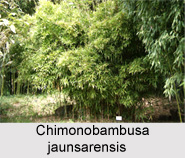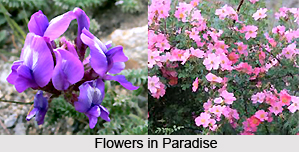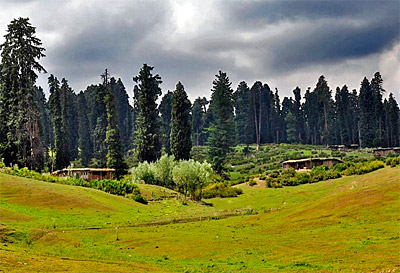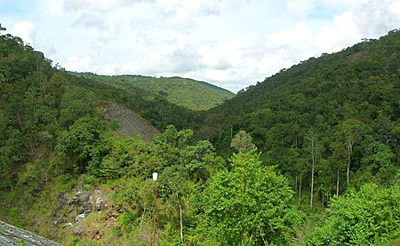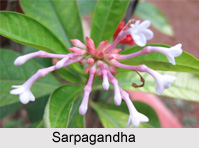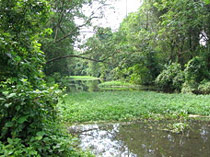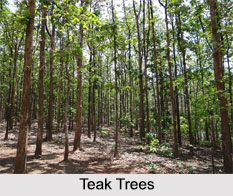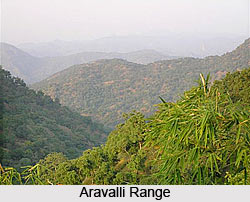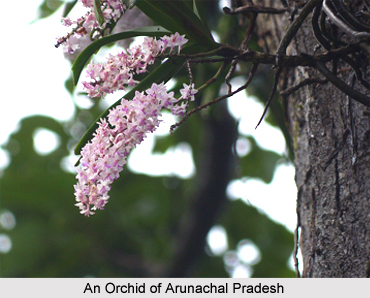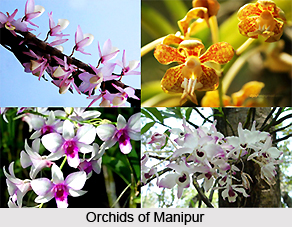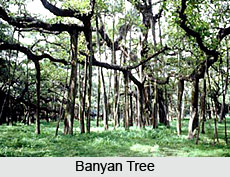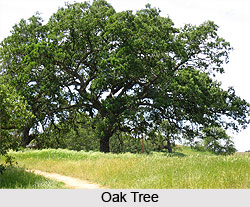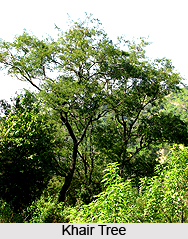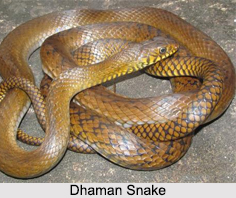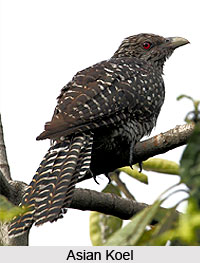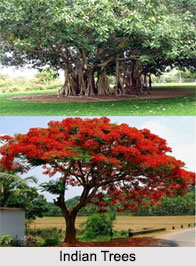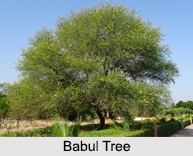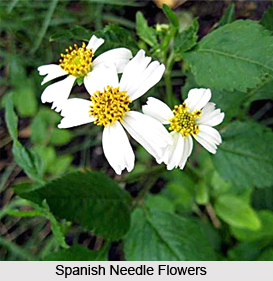 Spanish Needle is a cosmopolitan weed, originating from South America and common in all tropical and subtropical areas of the world. The people of India rarely know that Spanish Needle has some medicinal qualities. This plant is pan-tropical in distribution; common throughout India to an altitude of 2000 metre. This plant commonly grows as weed in meadows and planes around India. It is a species of flowering plant in the "Aster" family. However, in some parts of the world it is a source of medicine.
Spanish Needle is a cosmopolitan weed, originating from South America and common in all tropical and subtropical areas of the world. The people of India rarely know that Spanish Needle has some medicinal qualities. This plant is pan-tropical in distribution; common throughout India to an altitude of 2000 metre. This plant commonly grows as weed in meadows and planes around India. It is a species of flowering plant in the "Aster" family. However, in some parts of the world it is a source of medicine.
Different Names of Spanish Needle
Spanish Needle holds the scientific name that is "Bidens Pilosa". This plant is called "Phutium" or "Samara Kokadi" in Gujarati. The plant is also commonly known as "Black Jack" and "Cobbler"s Pegs".
Characteristic Features of Spanish Needle
Spanish needle plant is an erect, simple or much-branched annual or perennial Indian herb. It is glabrous or more or less pubescent. The plant can be 60cm to 90 cm tall, the stems are quadrangular and grooved, and branches are opposite. The leaves of this plant are very variable, sometimes trifoliate, but usually consisting of 2 sub-opposite pairs of leaflets and a larger, deeply three-lobed terminal leaflet. The petioles are 1.5 cm to 4 cm long. Lateral leaflets are ovate, 4 cm to 9 cm long and 1.5 cm to 3.5 cm wide. The leaflets are glabrous on both surfaces. This plant contains a number of flower heads. The flowers are white or yellow in colour, ligules are narrow, strap-shaped; containing pappus of 2 to 4 rigid, hispid, and slightly spreading awns. Fruits are 0.8 cm to 1.7 cm long, linear, quadrangular, slightly tapering towards the apex, black in colour and glabrous. They bear a few pale stiff hairs on the angles in the upper part; pappus bristles are 2 to 4 in number, straw-coloured and 2mm to 3 mm long.
Medicinal Values of Spanish Needle
Spanish needle is a medicinal plant and is considered to possess some medicinal properties. The warmed juice of the fresh Spanish needle plant is used to treat earache and conjunctivitis, and also functions as a styptic on wounds. The roots and seeds of the plant serve the purpose of an agent that promotes menstrual discharge. It is also used as expectorant, stimulant and antispasmodic and is also used for the treatment of asthma. The fresh plant is considered as a potherb and is said to be the storage of ample vitamin C. Roots, leaves and seed have been reported to possess antibacterial, anti-dysenteric, anti-inflammatory, antimicrobial, anti-malarial, diuretic, hepato-protective and hypotensive activities. A concoction made from the whole plant is taken as a poison antidote and to relieve the pain from hernia.
